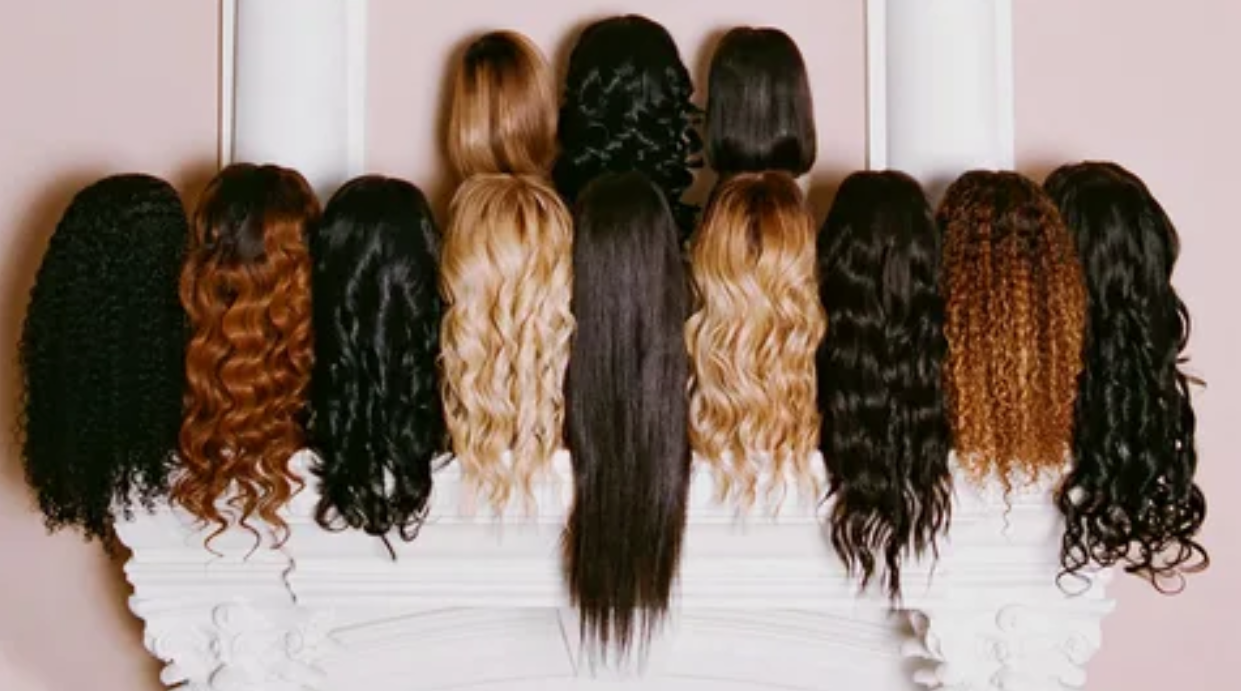Human hair wigs have become a staple in modern beauty, offering versatility, style, and confidence. Unlike synthetic wigs, human hair wigs can be styled, straightened, curled, and even dyed—making them an excellent investment for anyone looking to change their look without committing to permanent hair color or length. To maximize your wig’s longevity and maintain its natural look, it’s essential to understand the human hair wig lifespan and how to safely dye human hair wigs.
Understanding the Lifespan of Human Hair Wigs
Human hair wig lifespan guide depends on several factors, including hair quality, how often it’s worn, and how well it’s cared for. On average, a high-quality human hair wig can last anywhere from 6 months to over a year with proper maintenance. Premium wigs made from Remy human hair—hair collected in a way that preserves the natural cuticle—tend to last longer and maintain their smooth texture and natural shine.
Here’s a breakdown of factors that influence wig lifespan:
1. Hair Quality
Not all human hair wigs are created equal. Remy hair wigs are considered the highest quality because the cuticles are intact and aligned in the same direction. This prevents tangling and matting, extending the wig’s life. Non-Remy hair wigs may be more affordable but often last a shorter time and require more upkeep.
2. Frequency of Use
A wig worn daily will naturally wear out faster than one worn occasionally. If you plan to wear a wig every day, it’s worth investing in multiple wigs to rotate, reducing stress on each piece.
3. Styling and Heat Usage
Human hair wigs can handle heat styling tools like curling irons and flat irons, but excessive heat can damage hair fibers over time. Always use a heat protectant spray and avoid extreme temperatures to preserve hair quality.
4. Maintenance Routine
Proper washing, conditioning, and storage are crucial. Using sulfate-free shampoos, hydrating conditioners, and storing your wig on a stand or mannequin head will prevent tangling and extend its lifespan.
5. Environmental Factors
Exposure to sunlight, humidity, and pollution can affect a wig’s longevity. Protect your wig from direct sun exposure and harsh weather conditions to keep it looking vibrant.
Tips for Extending Your Human Hair Wig Lifespan
- Wash sparingly: Human hair wigs don’t require daily washing. Depending on usage, wash every 10–15 wears or when the hair becomes oily or dirty.
- Deep condition regularly: Apply a deep conditioning treatment every few washes to maintain moisture and shine.
- Use wide-tooth combs or wig brushes: Avoid regular brushes that can cause breakage or shedding.
- Store properly: Keep your wig on a stand or mannequin head to retain its shape. Use a satin or silk cover to prevent dust accumulation.
- Avoid sleeping or swimming with your wig on: This prevents tangling and damage from water or friction.
How to Safely Dye Human Hair Wigs
One of the biggest advantages of human hair wigs is the ability to change color, but this process must be done carefully to avoid damage. Here’s a comprehensive guide on how to safely dye human hair wigs:
1. Choose the Right Hair Type
Ensure your wig is 100% human hair before attempting to dye it. Synthetic wigs do not absorb color the same way human hair does and can be ruined if treated with chemical dyes.
2. Perform a Strand Test
Before dyeing the entire wig, test the color on a small, inconspicuous section of hair. This will show how the hair reacts to the dye and ensure you get the desired shade.
3. Use Professional-Grade Hair Dye
Opt for dyes designed for human hair and consider ammonia-free or semi-permanent options to reduce damage. Avoid bleach on dark-colored wigs unless necessary, as this can weaken the hair fibers.
4. Prepare the Wig Properly
- Wash the wig gently with a sulfate-free shampoo to remove any styling products.
- Do not condition immediately before dyeing, as conditioner can create a barrier that prevents the dye from penetrating.
- Detangle the hair carefully using a wide-tooth comb.
5. Apply Dye Evenly
Use gloves and a tint brush to apply the dye evenly from roots to tips. Work in small sections to ensure full coverage and prevent patchiness.
6. Follow Timing Instructions Carefully
Leave the dye on only for the recommended amount of time. Over-processing can lead to dryness and breakage.
7. Rinse and Condition
After dyeing, rinse the wig thoroughly with cool water until the water runs clear. Apply a deep conditioner or hair mask to restore moisture and maintain softness.
8. Avoid Frequent Coloring
Limit dyeing sessions to once every 2–3 months to prevent hair from becoming brittle. For significant color changes, it’s often better to consult a professional wig stylist.
9. Styling After Dyeing
After dyeing, allow the wig to air dry whenever possible. If heat styling is necessary, use low temperatures and always apply a heat protectant.
Final Thoughts
Investing in a human hair wig is investing in style, versatility, and confidence. Understanding your wig’s lifespan and practicing safe dyeing techniques can significantly extend its life, keeping it looking natural and luxurious for months or even years. By following proper maintenance routines, protecting your wig from environmental damage, and carefully dyeing it only when necessary, you can enjoy endless styling possibilities without sacrificing hair health.
Whether you wear your wig daily or occasionally for special events, treating it with care ensures it remains a beautiful, versatile part of your wardrobe. With the right knowledge and maintenance, your human hair wig can be a long-lasting, stylish companion in every chapter of your life.



